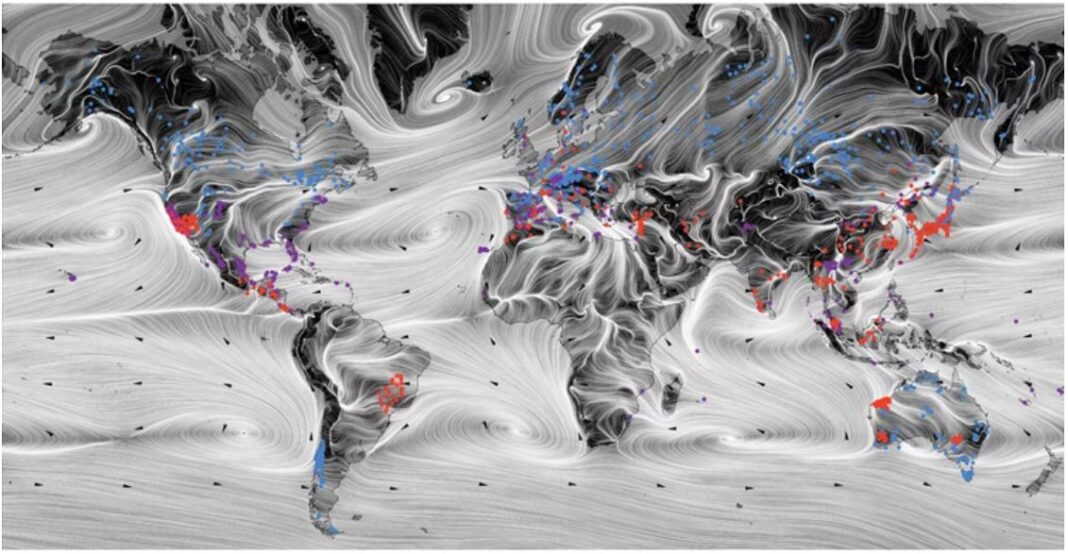According to a new study, the future of forests seems to be a bit on winds. Scientists of the University of California, Berkeley, found that, among other things, forests have been formed by global wind currents into their current state.
Forest Population Distribution
Animals support the forest by transferring the seeds and pollen on their bodies. Also, their feces contain seeds that may be trapped in a different part of the continent. Wind also plays a significant role in forest biodiversity.

“How trees move and how plants move, in general, is a big area of uncertainty in plant ecology because it’s hard to study plant movements directly — they happen as a result of small, rare movements of seeds and pollen,” said study lead author Matthew Kling
Researchers at the University of California, Berkeley, have found that global wind currents have contributed to the current shape of forests. The wind carries pollen and tree seeds, so the predominant direction of its blowing and swirling affects the migration and genetic diversity of forest tree populations.
Wind Currents Support Trees
Matthew Kling of the University of California shows the directions of global wind currents. Black arrows show a stable wind direction in the millennia. Colored dots indicate the studied tree populations and their wind propagation (red – none, purple – partial, blue – complete):

And it is this diversity that allows organisms to adapt to changes in the environment that is key to how well or bad forests survive.
Unlike the weather, which is highly variable, wind currents are stable on a large scale because they are affected by things like the shape of the Earth, its rotation, or the position of continents. Even climate change is unlikely to affect the direction of global winds.
Source and credit: eurekalert.org/news-releases/618205















